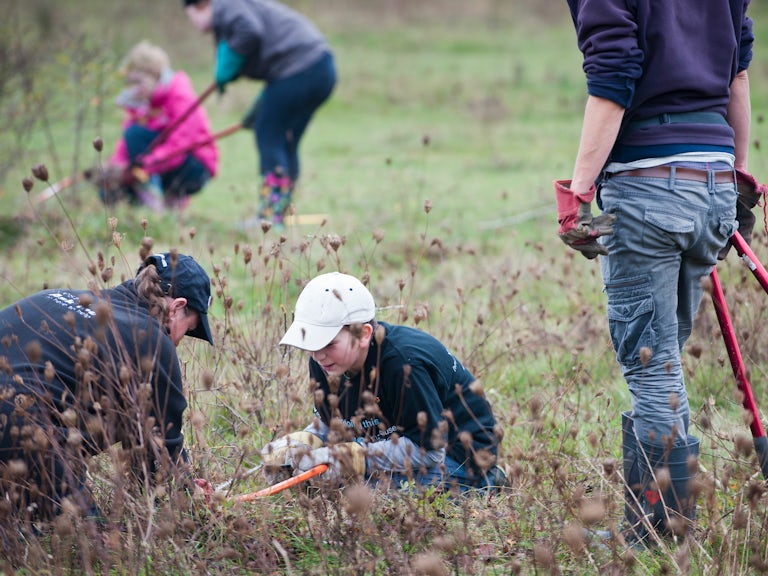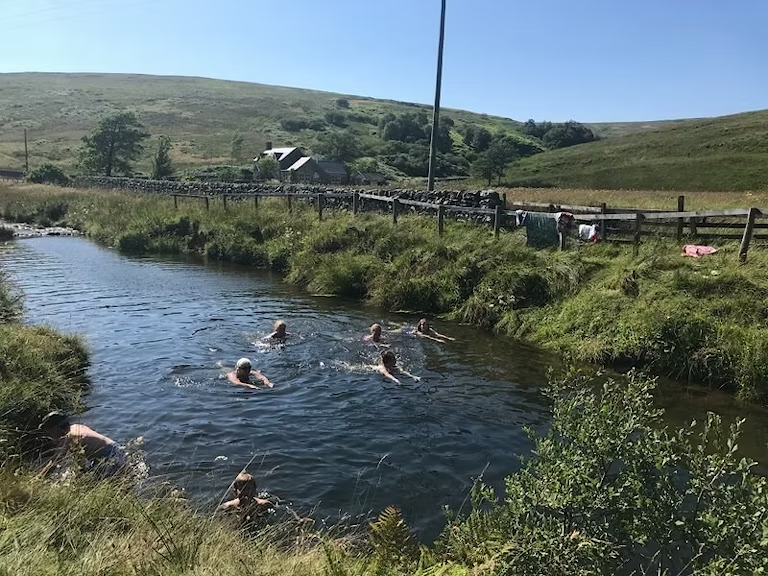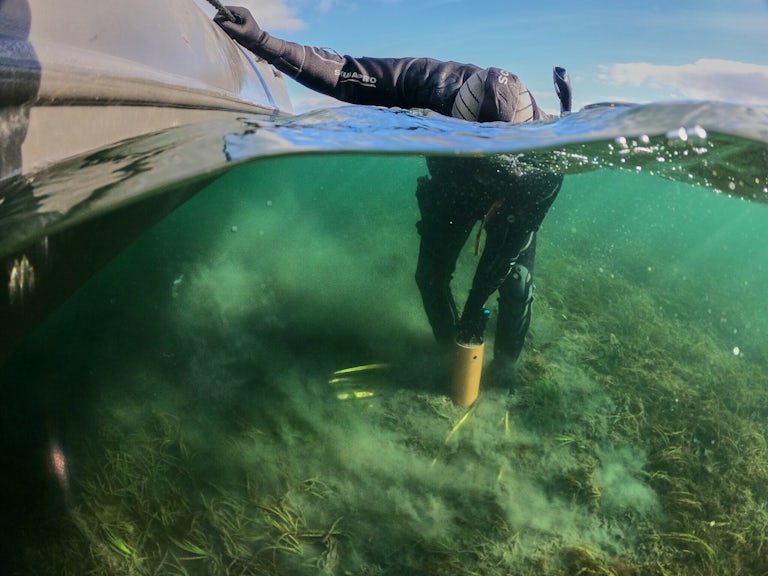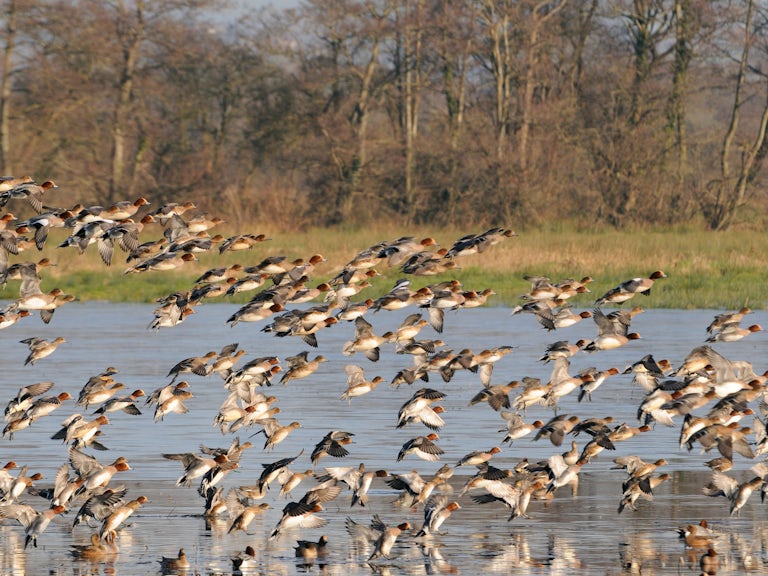Introduction to marine rewilding
It’s time to take the action needed to rewild and restore the incredible richness of ocean life.
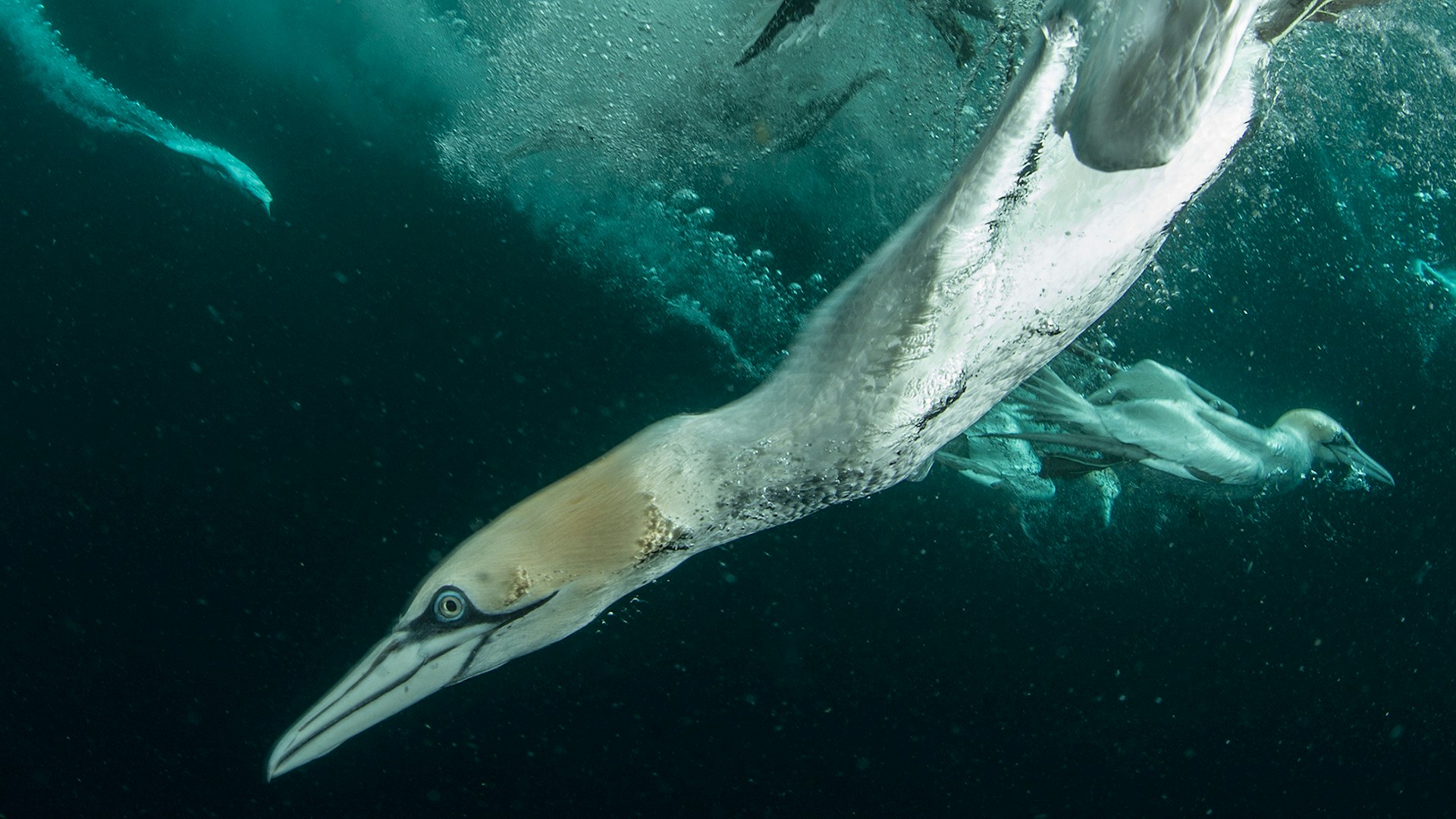
When a humpback whale exhales, the explosive ‘spoosh’ sends thousands of litres of hot, fishy smelling breath shooting into the sea air, often condensing into a thick spray that can be seen and heard for miles around. This spectacular sight and sound would once have been commonplace around the coastline of Britain. Our rich, soupy waters attracted huge numbers of small fish, and in turn massive balls of herring and whiting, which would bring these ocean giants lunging up from the depths to feed.
How many of us today have witnessed such an event? It’s just one small loss in the midst of many when it comes to the degradation of our coastal waters. Our seas used to be home to the biggest creatures on the planet with the blue, humpback, fin, sperm, bottlenose and sei whales. And yet, like the decline of large mammals on land, whales were hunted at sea to near local extinction for their meat and oil until commercial whaling finally ended in 1963.
The seabed too can be abundant with life – muds hooching with worms, crabs and delicate sea pens; reefs covered in sponges and corals. It’s this life that gives the seabed structure, which provides the foundation for a healthy marine ecosystem. Unfortunately, the dwindling biodiversity of our ocean, a de-wilding of the seas, has followed a sad and similar pattern to that on land. In the past century a huge proportion of our seagrass meadows and shellfish beds have simply vanished and this decline continues today. We hunted the big beasts, and denuded centuries-old habitats, in pursuit of food and raw materials.
Power and profit
Through the centuries, steam-powered trawlers replaced oar and sail. They deployed ever-more ingenious methods to sieve the sea of protein using the ring net, pair trawl and purse seine. As recently as the mid-1990s, we were trawling huge volumes of sand eel (one of the prolific lynchpins of our marine food web) from the North Sea to send to Danish power stations to generate electricity. The Firth of Forth, widely understood to have had the largest oyster bed anywhere in the world at 150 km², is now devoid of oysters, having been raked out in the 19th century.
The march of marine industry, of rigs and fish farms, has fundamentally transformed the marine environment in a different way. Over-intensive salmon farming, which now dominates western sea lochs, has contributed to devastating declines of our native wild salmon. Industrial noise is a hidden threat as severe as the damage wreaked by dredging. Life in our seas depends on sound to communicate, navigate, feed and socialise. The persistent, growling hum of engines and thunder from offshore developments have disrupted ancient migratory pathways, meeting places and hunting grounds for dolphins and whales. A once rich wilderness, thronging with clicks, whistles and whale song, is unravelling.

And if this wasn’t enough, the rising tide of plastic pollution provides stark, slap-in-the-face proof of humankind’s impact on our sea. Images of an albatross choked with plastic toys and bottle caps, and rubbish found in the remotest corners of our deep sea cannot be ignored. Our once pristine seas are polluted by huge volumes of litter and tiny plastic particles that are carried on ocean currents and end up in the remotest areas of our ocean and coastlines.
Over recent decades, we have harvested and exploited harder and harder. We’ve scraped away much of the complex life from vast swathes of the seabed, altering the ecological foundations of our marine environment. As quotas amass in the hands of a few with super-trawlers, dispossessed fishermen have resorted to opening up new fisheries for shellfish lower down the food chain. The expanding footprint of these fisheries which use heavy, metal-toothed dredges or weighted nets across the seafloor, rake up and damage sea life indiscriminately. Habitats that once carpeted our seabed have been destroyed. It has been an unprecedented and wasteful chapter in fishing history.
“Lone humpback whales, recently seen feeding in the Minch and the Firth of Forth, are optimistic signs of the life that can return”
Rewilding actions
We can’t continue like this. Healthy seas, and especially their coastal salt marshes and sea grass beds, sequester vast quantities of carbon. They produce healthy, local food. Life in the sea interacts with life on the land and when the seas suffer we all suffer. Once bustling harbours built on fish are now empty, and people who depended for centuries on the migration of wild salmon to our rivers now mourn a lost abundance.
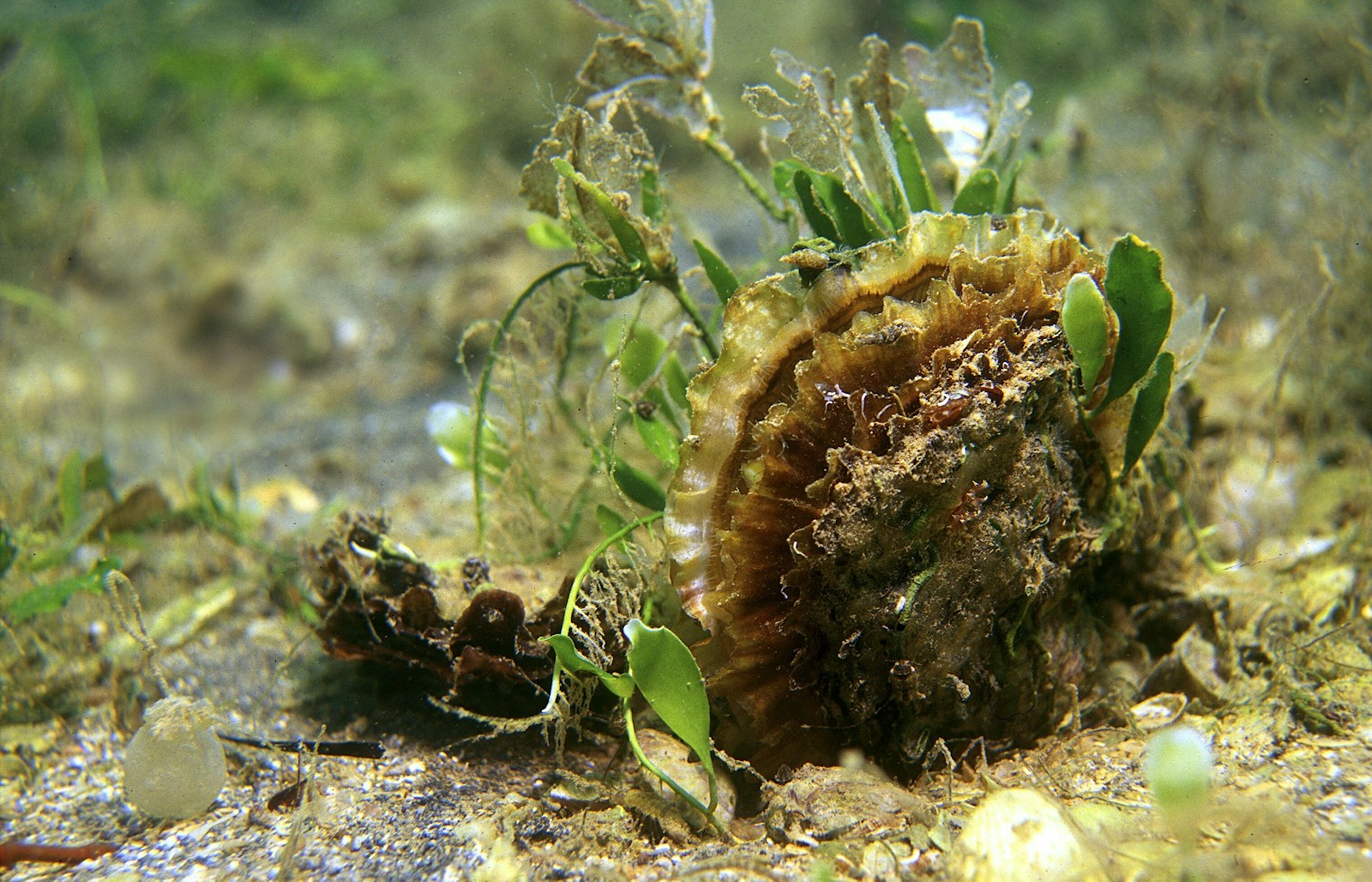
We’re boosting marine rewilding
A project aiming to restore native oyster reefs and seagrass meadows in the Medway and Swale Estuary, Kent, has been awarded in the latest round of the Rewilding Innovation Fund.
Uncover the full list of recipients awarded since 2021 to see the diverse range of rewilding projects taking action across Britain’s land and sea.
Making change happen
Rewilding the seas means taking actions that allow the rich rainbow of underwater habitats, and the vast swirl of sealife, to recover. It’s starting to happen. Oyster regeneration projects are underway in the Dornoch Firth, Loch Craignish in Argyll, Essex and the Solent. There are projects working to restore seagrass meadows and kelp forest. Lamlash Bay on Arran, home to one of the largest maerl beds in Scotland, has pioneered a 2.67 km² no-take zone within its wider 280 km² no-trawl reserve with spectacular results.
These beacons of hope are rewilding in action. When habitat recovers so does everything that relies upon it – the slow-growing pink maerl that provides perfect spawning grounds for fish, the seagrass meadows that create havens for juvenile cod. It takes time, but it’s an essential and exciting mission for us to embark on.
Where there is living habitat there are fish, and where there are fish the giants return. Lone humpback whales, recently seen feeding in the Minch and the Firth of Forth, are optimistic signs of the life that can return. It only needs us to do the right thing – to stop abusing the seas and start rewilding them instead.
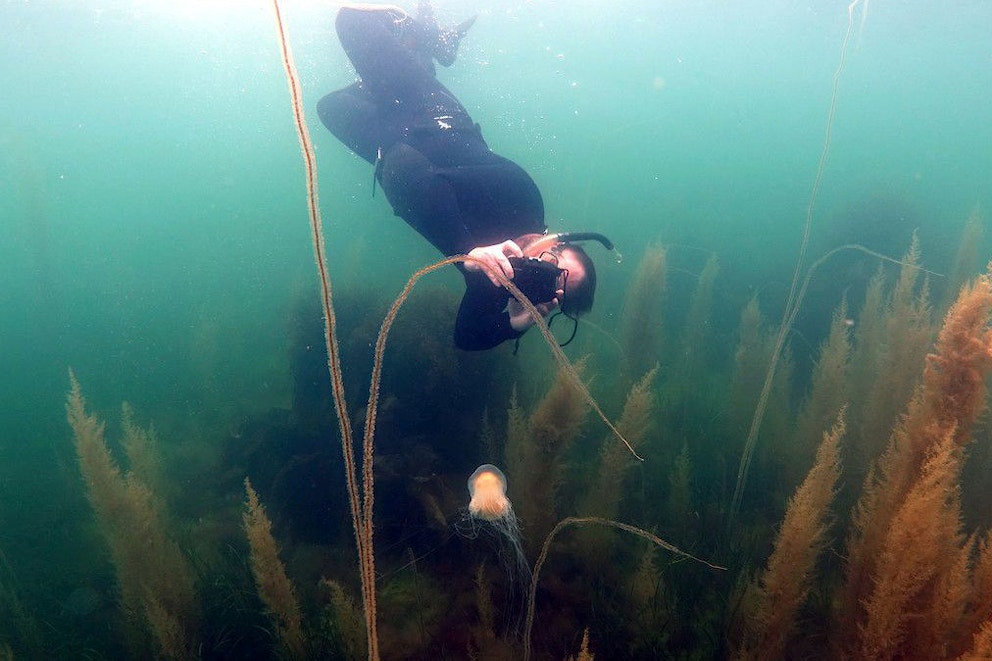
Five Marine Rewilding Projects Around Britain
Discover the projects working to reverse years of destruction.
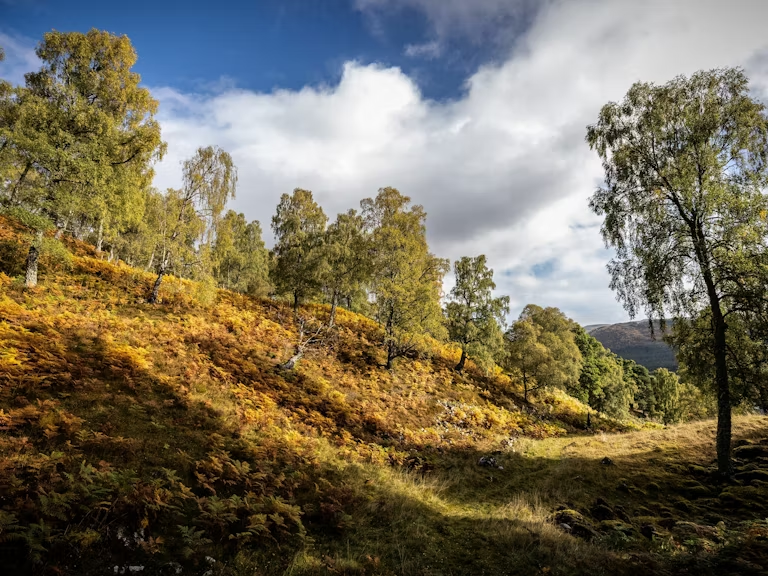
Rewilding 101
Start here to learn all about rewilding, what it looks like and what it can do.
Why rewild
Our vision
We have big ambitions. Find out what we’ve set out to achieve through rewilding.
What we do
Rewild your inbox
Wise up with the latest rewilding news, tips and events in our newsletter.
Sign up now